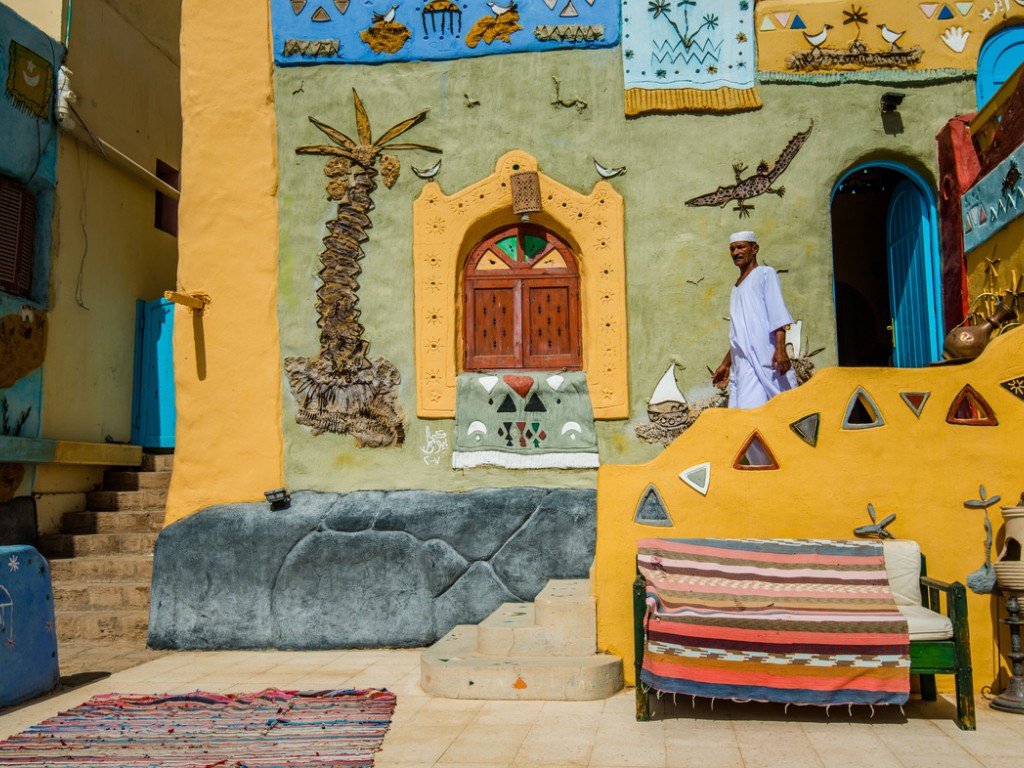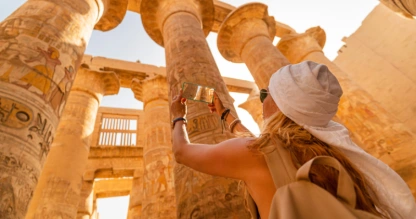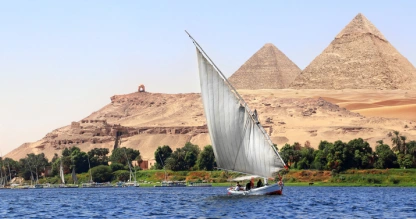
Aswan City, Egypt
Aswan, a historic city in southern Egypt, is renowned for its ancient role as a trade and military hub, its stunning Nile-side setting, and its vibrant Nubian heritage. Key attractions include the Philae Temple, Unfinished Obelisk, and Aswan High Dam. Combining historical significance with cultural richness, Aswan remains a must-visit destination for travelers.
Introduction
Introduction
Aswan, located in southern Egypt along the banks of the Nile River, is a historic city known for its rich cultural heritage, scenic landscapes, and strategic importance since ancient times. Serving as the gateway to Nubia, Aswan has long been a center for trade, culture, and tourism. Its warm climate, iconic landmarks, and proximity to major archaeological sites make it a popular destination for travelers seeking a blend of history and relaxation.
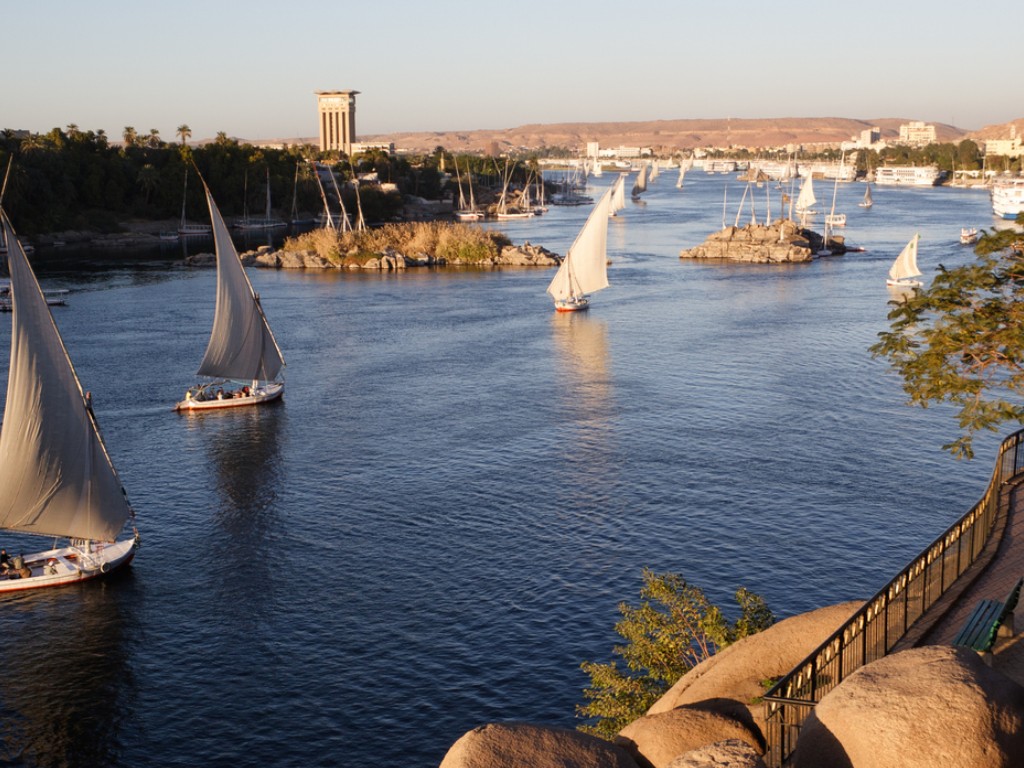
Geography and Location
Geography and Location
Aswan lies approximately 870 kilometers south of Cairo, near Egypt’s southern border with Sudan. The city is set on the east bank of the Nile, with the picturesque islands of Elephantine and Kitchener nearby. Its location near the Tropic of Cancer gives it a unique desert climate, characterized by warm winters and extremely hot summers. The natural beauty of the Nile’s cataracts, combined with surrounding desert landscapes, has made Aswan an important scenic and strategic site throughout history.

Historical Significance
Historical Significance
In ancient times, Aswan was known as “Swenett” and served as a vital frontier town guarding Egypt’s southern borders. It was a key granite quarry site, supplying stone for many of Egypt’s temples and monuments, including obelisks and statues. The city was also a crucial hub for trade between Egypt and Africa, facilitating the exchange of gold, ivory, and exotic goods. Over centuries, Aswan remained a focal point of both military and cultural exchanges.
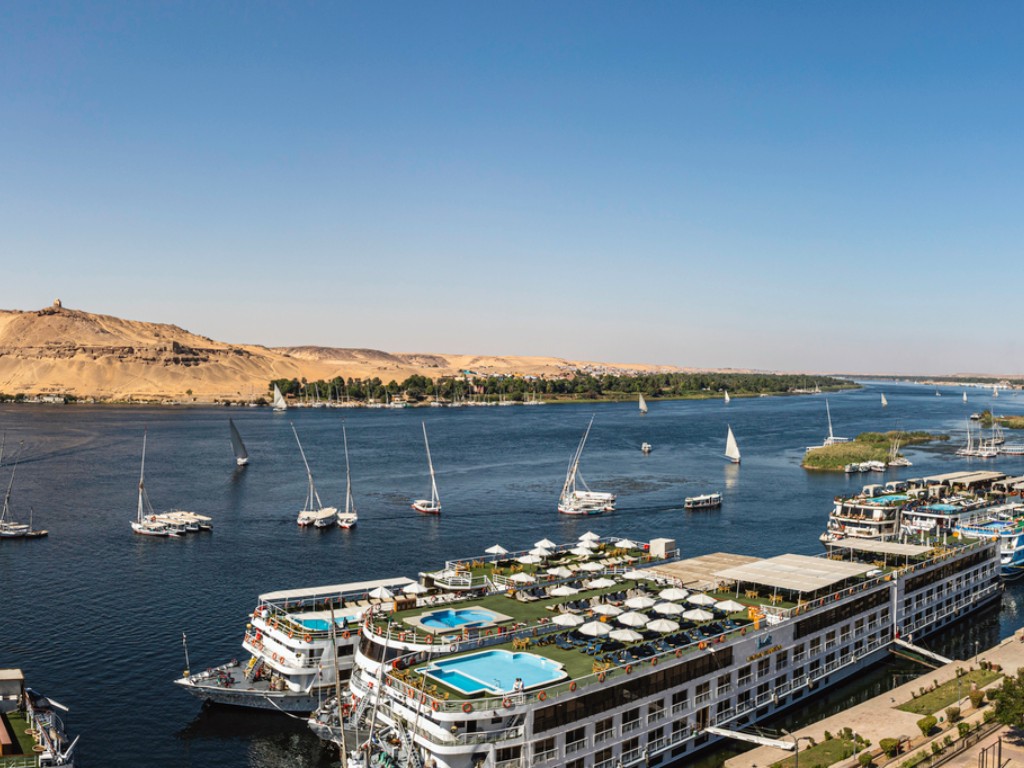
Tourism and Attractions
Tourism and Attractions
Modern Aswan is a vibrant tourist hub featuring both ancient and contemporary attractions. Highlights include the Philae Temple, dedicated to the goddess Isis, and the Unfinished Obelisk, offering insights into ancient stoneworking techniques. Visitors can explore Nubian culture at the Nubian Museum or take a felucca ride on the Nile. The Aswan High Dam, completed in 1970, is a marvel of modern engineering that reshaped the region’s agriculture and water management. The city also serves as a departure point for cruises to Luxor and Lake Nasser.
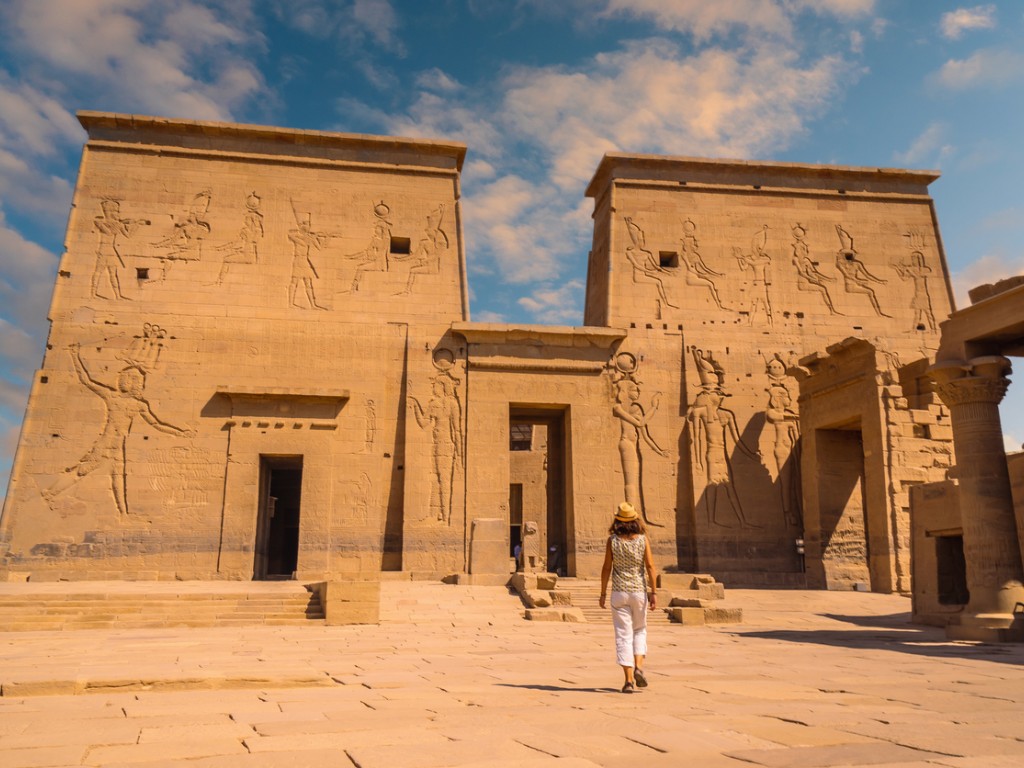
Culture and Lifestyle
Culture and Lifestyle
Aswan retains a strong Nubian cultural presence, evident in its colorful houses, music, and hospitality. Local markets brim with handmade crafts, spices, and traditional textiles. The slower pace of life, combined with the friendly atmosphere, makes Aswan distinct from Egypt’s bustling metropolises. Its cuisine reflects both Egyptian and Nubian influences, with dishes featuring fresh fish from the Nile, aromatic herbs, and locally grown vegetables.

Conclusion
Conclusion
Aswan stands as a unique blend of ancient heritage and modern charm. With its rich history, breathtaking Nile views, and vibrant Nubian culture, the city offers an unforgettable experience for visitors. Whether exploring archaeological wonders, sailing the Nile, or immersing in local traditions, Aswan continues to be one of Egypt’s most captivating destinations.
